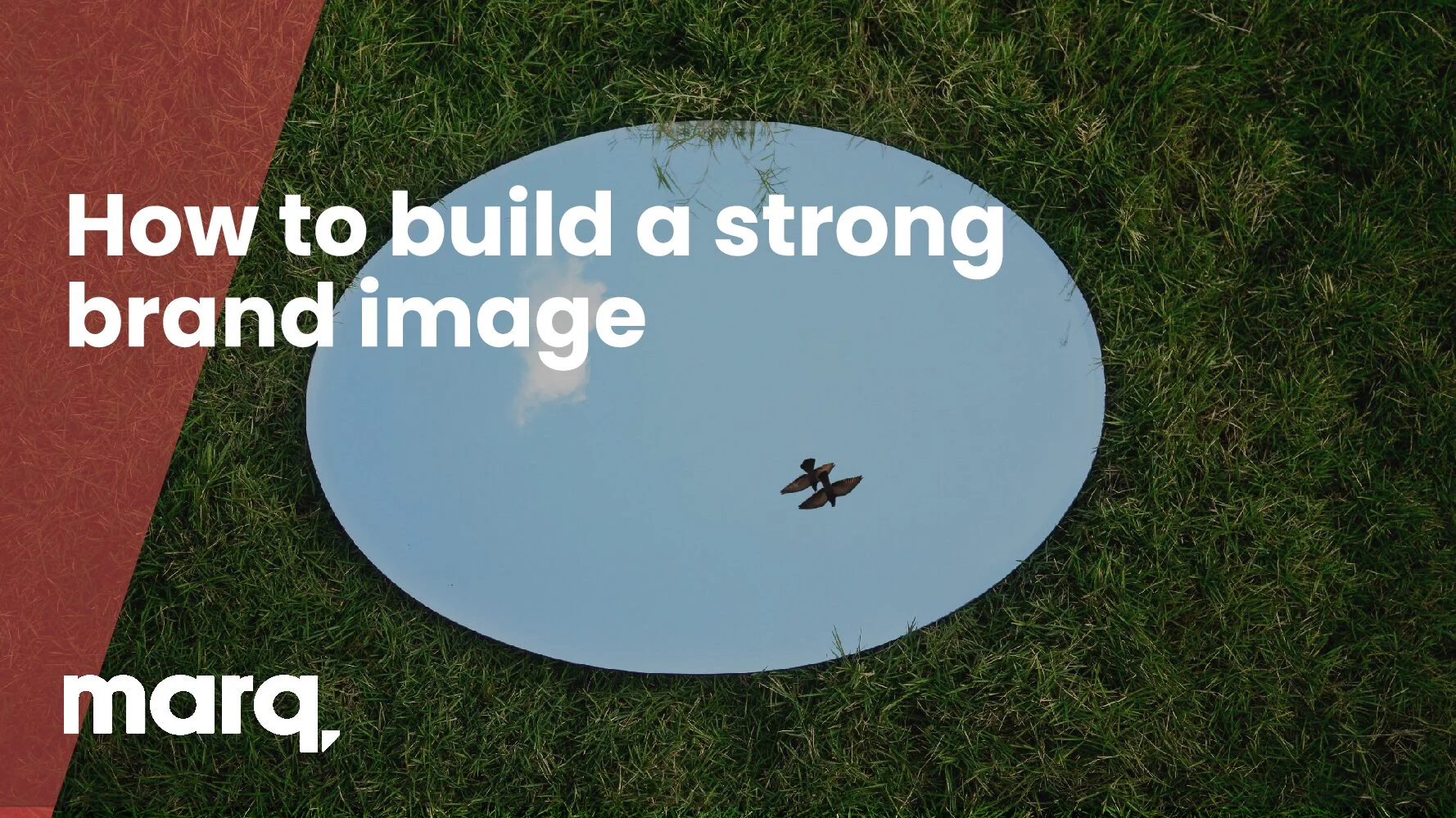A strong brand image is crucial to your success. If you’re asking yourself, “What is brand image?”, strap in. We’re going to help you understand what brand image is, why it’s important, and how you can get the best brand image for your organization.
What is brand image?
Brand image is what customers think about your brand or the feeling they have about it. It’s the overall perception or impression of your brand that’s created through your message, brand awareness and brand identity. But, your brand image develops over time as your customers experience and interact with it, and it can be enhanced through word of mouth, advertisements, sales promotions, etc.
Just remember your brand image and brand identity aren’t the same things. Brand image is how your brand or business is perceived, whereas brand identity is the visual aspect, i.e., the literal face of your brand. Brand identity includes logos, colors, typography, messaging and packaging. Brand identity also reinforces the existing reputation of your brand and requires complete consistency since it’s the first impression customers have of your business.
Why brand image matters
A strong brand can potentially equal a strong business. With a strong and consistent brand image, potential consumers are more likely to pick you over the competition because they see you as trustworthy and reliable. Plus, if you’re targeting your audience correctly, consumers will associate themselves with your brand image, attracting them to you from the get-go.
A strong brand identity + a strong brand image will let you introduce new products to the market more easily, since you won’t need to focus too much on marketing. If your consumers already love you, they’re more likely to buy other products from you, right? Think of it this way: My first Apple product was an iBook G4. Followed by an iPhone 1, iMac, iPad, iPhone 7, MacBook Air, another MacBook Air, and now an iPhone 11 Pro — all across a span of 15 years. I like Apple (maybe a little too much), and I trust that its products are going to do what I need them to do.
Now imagine that same domino effect in your organization. A strong brand image can help you get that.
Steps to develop a brand image
Thankfully, developing a brand image is a straightforward process. Just follow these steps and stick to the best practices of brand guidelines to get started.
1. Know your audience
Before you do anything, determine your target audience. Be as specific as possible, go beyond the basic demographic (age, gender, occupation), and determine their behaviors and lifestyles. The more specific you are, the more you ensure your brand message comes across loud and clear to your target customers.
2. Define your value proposition
Your value proposition will be a part of your overall marketing strategy and refers to the value you promise to deliver to your consumers if they choose you. It can be either a marketing or business statement that summarizes why your audience should buy from you, what you stand for and how you operate.
3. Establish your visual identity
Your visual identity, e.g., your logo, shouldn’t necessarily be the first thing you create. It’s easier to create a logo after you’ve built or started building a clear brand. Doing it this way can make things a lot easier — by starting with your audience and mission, you’ll create a springboard for designing your visual identity, which should complement and enhance your brand, not define it.
4. Create your brand archetype and personality
Make your brand personable by creating an archetype or personality. You can do this by using colors, type, imagery and tone of voice to represent who your brand is.
By knowing your brand archetype, you can create a pattern of ideas or way of thinking to help influence decisions around your brand. Brand archetypes are most often associated with characters in a story, such as the hero, magician or outlaw. For example, Nike embodies the hero archetype by using athletes in their advertising who inspire us to be the bravest, strongest versions of ourselves.
5. Cultivate brand consistency
As you continue to build out your brand image, remember to be consistent. A consistent brand can affect your ROI by earning trust with customers. And an inconsistent brand can create confusion and depreciate your brand status. Plus, brand consistency can lead to new customer leads and conversions.
Don’t be surprised if building your brand image takes a bit of trial and error. Some of the most recognizable brands out there have gone through a rebranding or two. For more in-depth tips on brand image, check out our free book on how to build your brand.



